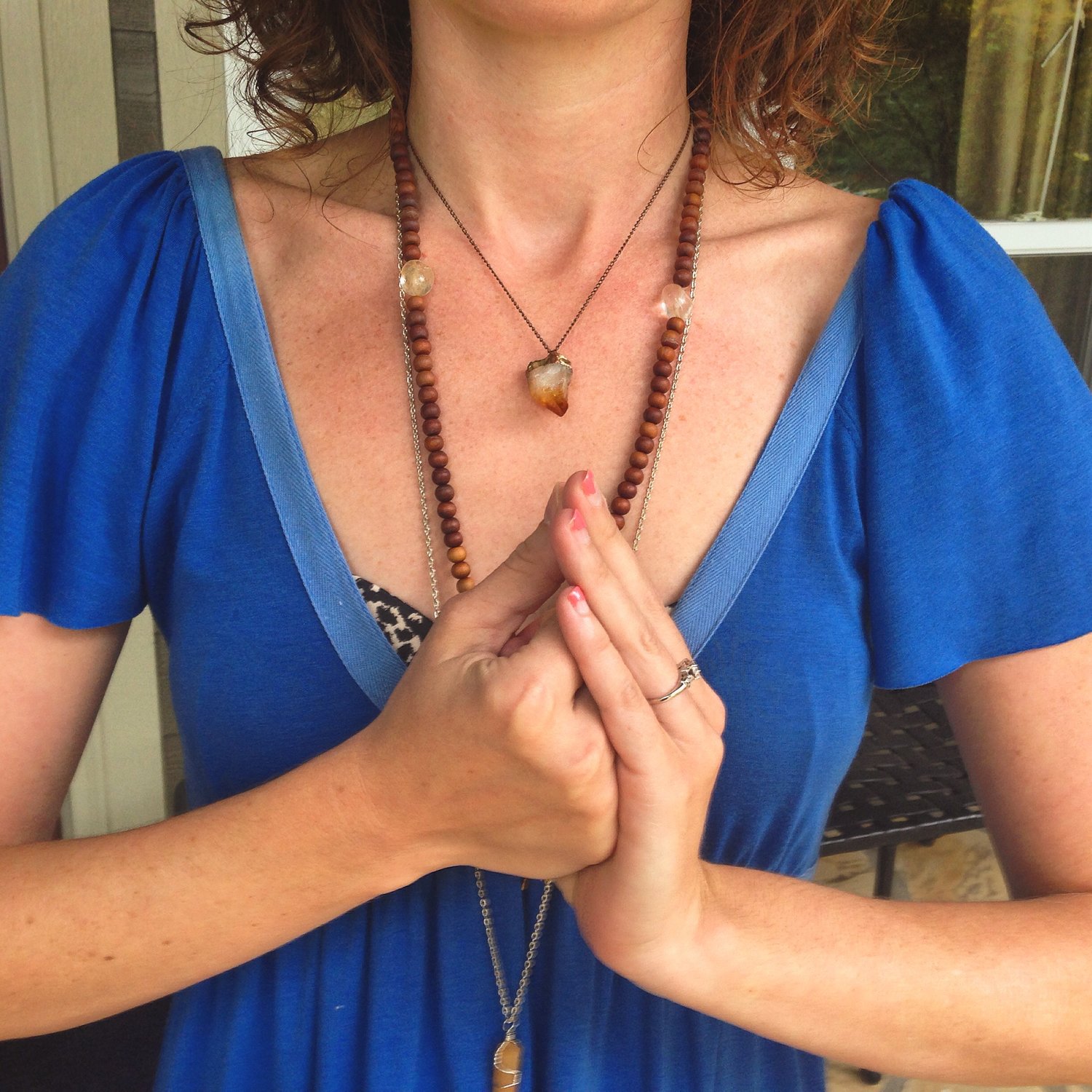In Indian culture and mythology, the Shankh is an auspicious sign and object. The blowing of Shankh denotes a religious event or the opening of a door. The Shankh mudra is a similar gateway to good health. The goal of this posture is to help balance your prana (life energy). This posture helps to cleanse your chakras, open up blockages and enhance self-awareness.

Counting Benefits of Shankh Mudra
The practice of Shankh Mudra is believed to have many health benefits.
- Helps balance the energy in the heart chakra and improve the flow of energy throughout the body
- It can help to reduce stress and anxiety
- It may also help with respiratory problems, such as asthma and bronchitis
- It may also help with heart problems and high blood pressure.
- Chanting helps improve thyroxin and triiodothyronine hormone secretion, which can improve growth and maturation. It can alleviate hypothyroidism and associated problems.
- Improve concentration and focus.
- Improves vocals disorder, including stammering and stuttering as it stimulates the vishuddah chakra. Also, improves the function of the larynx or voice box, because of its action on Pitta Dosha.
- Through the Pitta Dosha action, this practice can manage skin issues like itchiness and red rashes.
Regular practice of this mudra can also lead to greater inner peace and spiritual awareness.
Who can Practice Shankh Mudra?
Anyone can benefit from the practice of Shankh Mudra, regardless of age or yoga experience. Those who are more physically active may find it beneficial to practice for longer periods, while those new to yoga may want to start with short sessions and gradually build up their practice.
How to Practice Shankh Mudra

Shankh Mudra is best practiced in the morning on an empty stomach. You may also practice this posture at night before bedtime to help relax your body and mind.
- Find a comfortable spot and dim the lights if you like. Make sure that you have enough space to move around freely.
1) Start by sitting on the floor in an upright position, with your legs crossed and hands placed together in prayer (Anjali Mudra). Take several deep breaths to release any stress and anxiety from your body.
2) As you inhale, slowly raise both arms above your head as far as possible, keeping them straight and parallel. Bend your elbows slightly, so your hands face up toward the sky. This is known as Urdhva Hastasana or Upward Salute Pose.
3) As you exhale, slowly lower your arms to your sides and bend them at the elbows. “In this mudra, the fingers of the opposing hand surround the thumb, which stands in for the fire element in our bodies. The tip of the middle finger on the opposing hand is simultaneously touched by the thumb of the other hand. This touch balances the ether element, allowing for greater room inside the body and aiding in the body’s cooling process.” Rad Swierkowski, is a successful therapist who uses a perfect blend of Psychology and lifestyle changes to help people with daily stress and anxiety, your hands should be facing down toward the ground. This is known as Shankh Mudra or Conch Shell pose.
4) Remain in this position for as long as you are comfortable, breathing deeply and evenly. Feel your body gradually calming down. Visualize the life energy in your body flowing freely now, and imagine any blockages disappearing.
5) To finish the practice, inhale profoundly and straighten your arms above your head again into Urdhva Hastasana (Upward Salute Pose). Exhale slowly and release your arms to the sides.
Precautions and Contraindications:
- Anyone with an injury on the wrist, palms, or fingers must avoid this. People with carpal tunnel syndrome should avoid this mudra.
- If you are pregnant, you should practice this mudra with caution, as it may put pressure on the belly. It is also recommended to avoid this practice during breastfeeding.
- People living in colder regions or suffering from low blood pressure, colds, and a cough must also avoid this practice. Also, one should avoid this practice during the winter months.
- It is advised that this mudra should be practiced only in a sitting position and on an empty stomach every day.
Note: It’s important to keep in mind that the practice of mudras is not a substitute for medical treatment, and it’s important to consult with a doctor before practicing if you have any health concerns.
Contributor:
Deniz Efe, Founder of Fitness Equipped (https://fitnessequipped.com/about/).
Disclaimer
The Content is not intended to be a substitute for professional medical advice, diagnosis, or treatment. Always seek the advice of your physician or other qualified health provider with any questions you may have regarding a medical condition.